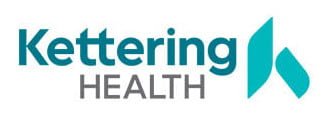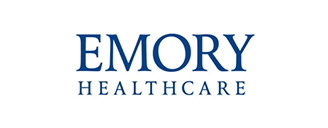This is the second blog of a four-part series. Catch up on Part One.
By Scott Crow, Chief Innovation Officer and Co-Founder
When we founded VPL, we took a hard left turn and decided to do things very differently using supply chain data analytics.
For starters, there are many carrier rates available to in the market: GPO rates, state rates, your own rates for all the major carriers. At VPL, we not only help our clients find the best rate available, we ensure they own those rates.
Secondly, we offer complete transparency via a flat fee. The fee doesn’t change with the mode of transportation. Our clients’ rates plus our VPL flat fee provide clients with complete transparency into the total ending cost, which allows us to align incentives and jointly pursue savings that might otherwise impact one of those old margin-based models. That means we can help lower shipment costs for non-critical products.
Most importantly, though, we center our entire platform around tech and data—data our customers own. Together, we and the health systems we serve use that data to solve much bigger supply chain visibility issues.
When clients own their data, they hold the keys to unlocking valuable insights about direct product supply chain and performance of suppliers.
This is in direct contrast to the old freight management model, in use by our competition, which deliberately prevents easy access to the data. In fact, when we take over from competitors, we frequently find there are limited insights being provided with limited transparency and data is often stale, weeks in arrears, or incomplete. This leaves a gap in the insights that can be obtained.
When clients own their data, new information streams can be obtained from industry sources and suppliers, which is powerful in driving additional savings. In addition, users can gain crucial insights about their supply chain including:
- The REAL cost of rates provided by the carrier or courier
- Carrier-specific optimization including dimensional charges, weights, distances, classes and modes
- The ability to score and optimize supply chain behavior and riskiness by supplier, location and product
- Insights that result in a position of strength when negotiating with suppliers
- Visibility into suppliers that are underperforming
- Optimizing courier pickups, schedule, routes, which maximizes utilization of courier vs carrier and reduction of ad-hoc courier expenses
- Hidden supplier fees that aren’t part of supplier contracts
- Visibility into incoming product – will it arrive? In full quantity? And when?
Why data and technology matter.
We’re often asked why we chose a technology platform for our core business. It helps to remember that the original freight management concept is a service—one performed by a costly fleet of people—and that cost must be passed back to the client. Technology, by comparison, is simply more cost effective. Take the example of the largest healthcare organization in the country. Using VPL’s inbound freight management software, VPL Surpass, they were able to manage their entire freight management program in about five hours a week because automation handles most of the busy work. In a manual setting, that same amount of work might require a full-time employee. Technology enables us to be much more effective by allowing us to go after more suppliers and more shipments, which means more savings and, more importantly, more data.
In a service-based model, everything is done manually. Health systems are regularly faced with doing as little as possible to not incur extra cost, which means limiting suppliers, limiting savings, and writing off or forgetting some of the data. At VPL, we have a different mindset. We’re in this to be more than just a rate card or a freight management provider. We know that IT and data analysis resources are limited, and it’s not possible to dedicate the time to pore through data looking for valuable insights.
We know that many of the largest IDNs are fortunate to have great supply chain IT support and have built their own data analytics capabilities to collect and use valuable insights from freight management data. In fact, one of the largest health systems in the country—with deep pockets for supply chain technology innovation—used our freight management data to springboard a Command-and-Control Center that puts them in front of disruptions and creates a purchasing edge the rest of the industry doesn’t have. They simply avoid disruptions and get to product first. We know that freight management data is unique, and it’s through these insights that we are able to solve much bigger issues like solving for supply chain visibility, driving intelligence far up purchasing and procurement, and bringing those capabilities to the masses—not just the largest IDNs. Through technology, we’re able to deliver to everyone.
Want to learn more?
Read Part Three: The Importance of Visibility.
Watch the 20-minute Pitfalls of Traditional Freight Management Services webinar.
































